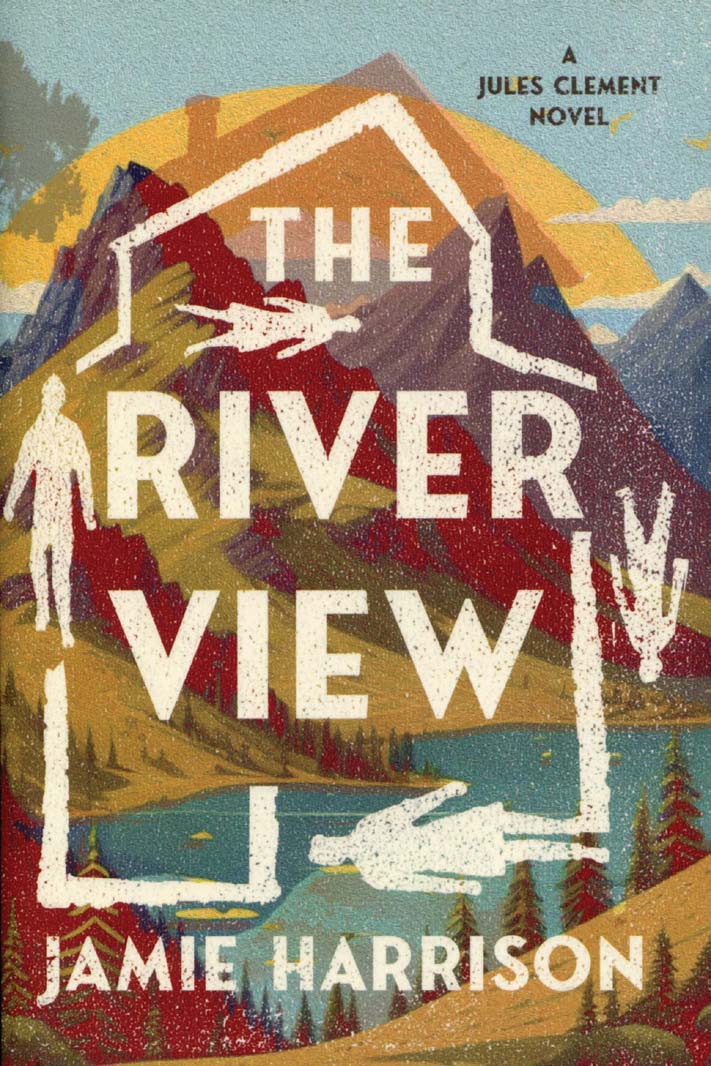
22 Nov BOOKS: READING THE WEST
Sheriff Jules Clement of the fictional town Blue Deer, Montana has returned, at long last, and fans of Jamie Harrison’s mystery series will be delighted with the latest installment, The River View: A Jules Clement Novel (Counterpoint, $28). As with earlier books in this series, Harrison draws on places and people familiar to those in her hometown of Livingston, Montana — but distills them with a twist throughout the pages of this spellbinding whodunit.
Clement is now retired and working as a part-time archaeologist, but that doesn’t stop him from becoming embroiled in a string of deaths and missing persons, all pointing back to the long-solved murder of his father — or at least the residents of Blue Deer had thought that case was solved. However, as with most events in Harrison’s mysteries, things are not always as they seem.
With an endless cast of violent neighbors, mysterious Russians, incompetent cops, drug-addled clients, and a paranoid sole resident of a ghost town, not to mention a new baby to care for, Clement has his hands more than full while navigating his new role as former sheriff.
However, Harrison’s adept writing and ability to paint a scene with words make this novel stand out from the usual fare of thrilling page-turners. Harrison has an artist’s eye and a poet’s ear, and she uses these attributes to great effect in crafting an entire world in which her story takes place. She peoples her town with three-dimensional characters who draw our empathy or ire — often both — in ways that will keep the citizens of Blue Deer close to our hearts or lurking in our nightmares long after we’ve put the book back on the shelf.
In Eavesdropping on Animals: What We Can Learn from Wildlife Conversations (Greystone Books, $27.95), naturalist and sculptor George Bumann offers entry into a deeper connection with the wild. By honing our abilities to listen and pay attention to the world around us, he explains in wonderful detail how we can discover clues to understanding the communication among and between animal species.
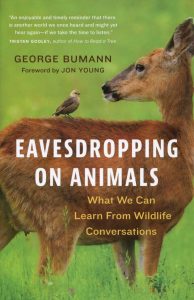
Drawing on his years of studying and teaching about wild animals — most recently, those in Yellowstone National Park — Bumann argues for the complexity and specificity of non-human languages, showing, for example, that ravens use a different call when chasing off a bald versus golden eagle, which is a more dangerous predator for them. Or that coyotes have a distinct bark-howl that means “wolf,” which they began using as soon as the larger canine was reintroduced to Yellowstone.
The book is a fascinating gathering of stories, reports, and studies on animal communication that will amaze and thrill any armchair naturalist. But its real value is in its push to teach readers to get out of the armchair altogether and into the outdoors. Bumann provides specific techniques to rekindle our senses to perceive what the natural world is saying and to learn to interpret bird songs, wolf howls, frog croaks, and insect buzzes in ways that will inform us of what’s happening all around. And the more we learn what’s being said, the more we can be part of the conversation. As Bumann says in his conclusion, “As we let the outside in, there is almost no way we cannot be changed in the process.”
Of Note
Anthropologist Sally Thompson proves an insightful tour guide to the history of Big Sky Country in Disturbing the Sleeping Buffalo: 23 Unexpected Stories that Awaken Montana’s Past (Farcountry Press, $22.95). From the Lewis and Clark Expedition, as witnessed by various Native American tribes, to the Old North Trail, which may have been in use for millennia and was still being used by Montana’s Métis and Indigenous communities as late as the 1930s, Thompson employs storytelling, archeology, historic narratives, and imagination to piece together these intriguing tales that offer new perspectives on Western history. At the heart of most of these narratives is a push to understand both history and the present through an Indigenous lens, one that can differ widely from what’s taught by the academic world. But it’s impossible, or at best foolish, to try to understand the West while ignoring the insight of its original inhabitants — the people who have been telling the stories of this place for as long as words existed to hold the tales.
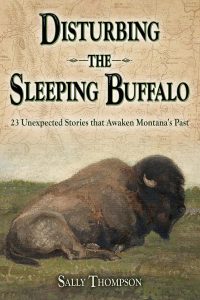
In Children of Rivers and Trees: An Abecedarian (Newfound, $14.99), Elissa Favero weaves a rich meditation on nature, ancestry, history, racism, and her family’s role in the colonial violence of the West. Told in short essays whose titles work through the alphabet, she carries the reader on a journey of wonder and sentiment. With a deep feeling for others and the earth but never becoming sentimental, these writings are honest, clear-eyed, and, at times, painful. Bordering on prose poetry in their carefully crafted beauty and musicality, the pieces — from “Ancestral Plant” and “Birch” to “Yew” and “Zigzag” — open a world of family memories and encounters with nature, blending both with an examination of her — and our — place in the West.
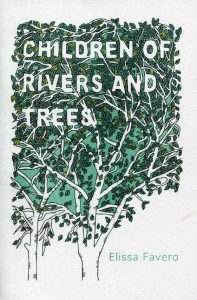
Jim Churchill-Dicks achieves a stunning blend of the visual and literary with his illustrated second edition of Wine-Dark Mother and the Trapper’s Son: Poems and Stories (MuseHick Press, $15). His unflinching gaze uncovers childhood pains and betrayals, a fraught relationship with his father, religious and spiritual turmoil, and, finally, a coming to terms with these all. Throughout the book, his black-and-white drawings merge with and accentuate the writings; ultimately, the words and images converse in a way that enhances both. Though a book filled with much loss, there is a hope within its pages that works on the reader, building stone by stone into a joy that resides comfortably within its sorrow. Churchill-Dicks writes, “I have stalked the corridors of language / and today I find them empty.” But this collection proves that that day was not the end of the story. Not by a long shot.
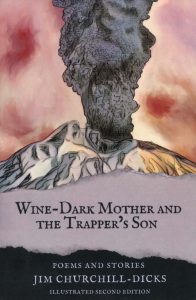
Marc Beaudin is a poet, theater artist, and bookseller based in Livingston, Montana. He is the author of These Creatures of a Day, Life List: Poems, and Vagabond Song: Neo-Haibun from the Peregrine Journals, and his work is widely anthologized in publications dedicated to environmental and social justice.




No Comments